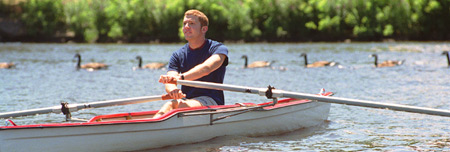Reporter takes a swim …uh … row — in a scull
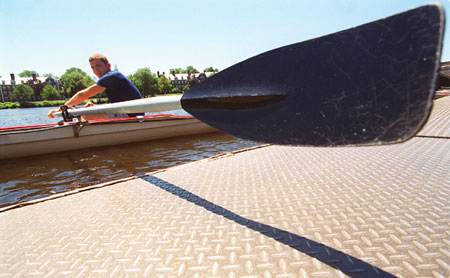
It is early morning and a single scull glides over the river’s surface. Propelled by the rower’s rhythmic strokes, it seems one with the water as it whispers past a family of geese or threads needle-like through the bridge’s arc.
Sound enticing? The recreational rowing program is open all summer at Weld Boat House. All you need is a Harvard ID and a swim card, and you’re good to go. But as this reporter discovered, achieving that effortless oneness with the elements doesn’t come easily.
A typical scull is about 25 feet long, 12 inches wide, and weighs about 35 pounds. This means that unless you are an especially petite person, you are perched on a hull that is narrower than your butt.
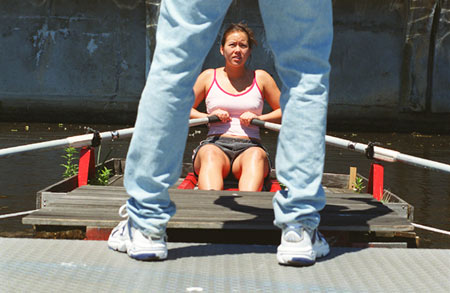
Do you feel insecure in a canoe? Compared with a scull, a canoe is like the royal barge. What’s more, a scull is so lightly built that if, on getting into it, you were to step onto the hull instead of the sturdier seat deck, your foot would go right through.
Obviously, such a craft is unsuitable for beginners. This is why there is such a thing as a wherry, which is something like a scull with training wheels.
“They’re almost impossible to tip over,” said rowing instructor Samantha Minc as I gingerly lowered myself into one. I felt reassured – until the wherry started rocking wildly in the choppy water and I couldn’t figure out what I was doing wrong.
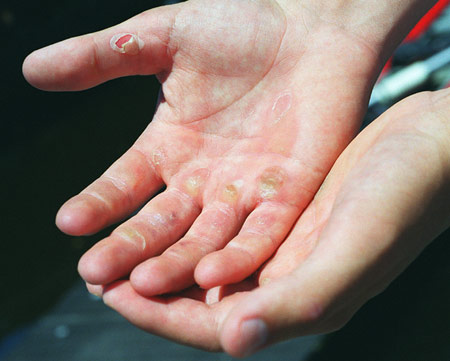
“Keep your oars flat on the water. That’s your balance point,” Minc yelled from the dock.
There are so many things to remember about rowing that you feel like the proverbial centipede who could no longer walk once he started thinking about how he did it. Keep your knees together, left hand over right, feather your oars, lift them out square, keep your back straight. With so much to keep track of, who can pay attention to where they’re going? Before I knew it, I was on the other side of the river with my bow stuck between two rocks. There were some geese watching me. I had the feeling they were laughing.
Minc talked me out of my predicament and back into open water. I managed to make it to the Weeks Footbridge and then back to the dock. Dry land never looked so good.
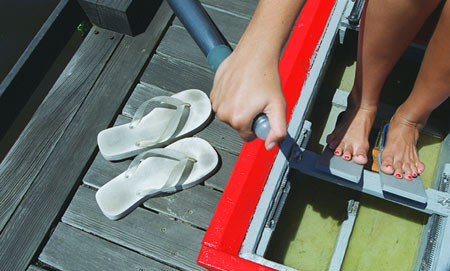
“You’ve got to do it three or four more times,” said recreational sculling coach Dan Boyne when I told him about my humiliating first outing. “After that, things will become second nature and you’ll start to enjoy it.”
I’m planning on going back for another try – just as soon as those geese migrate.
